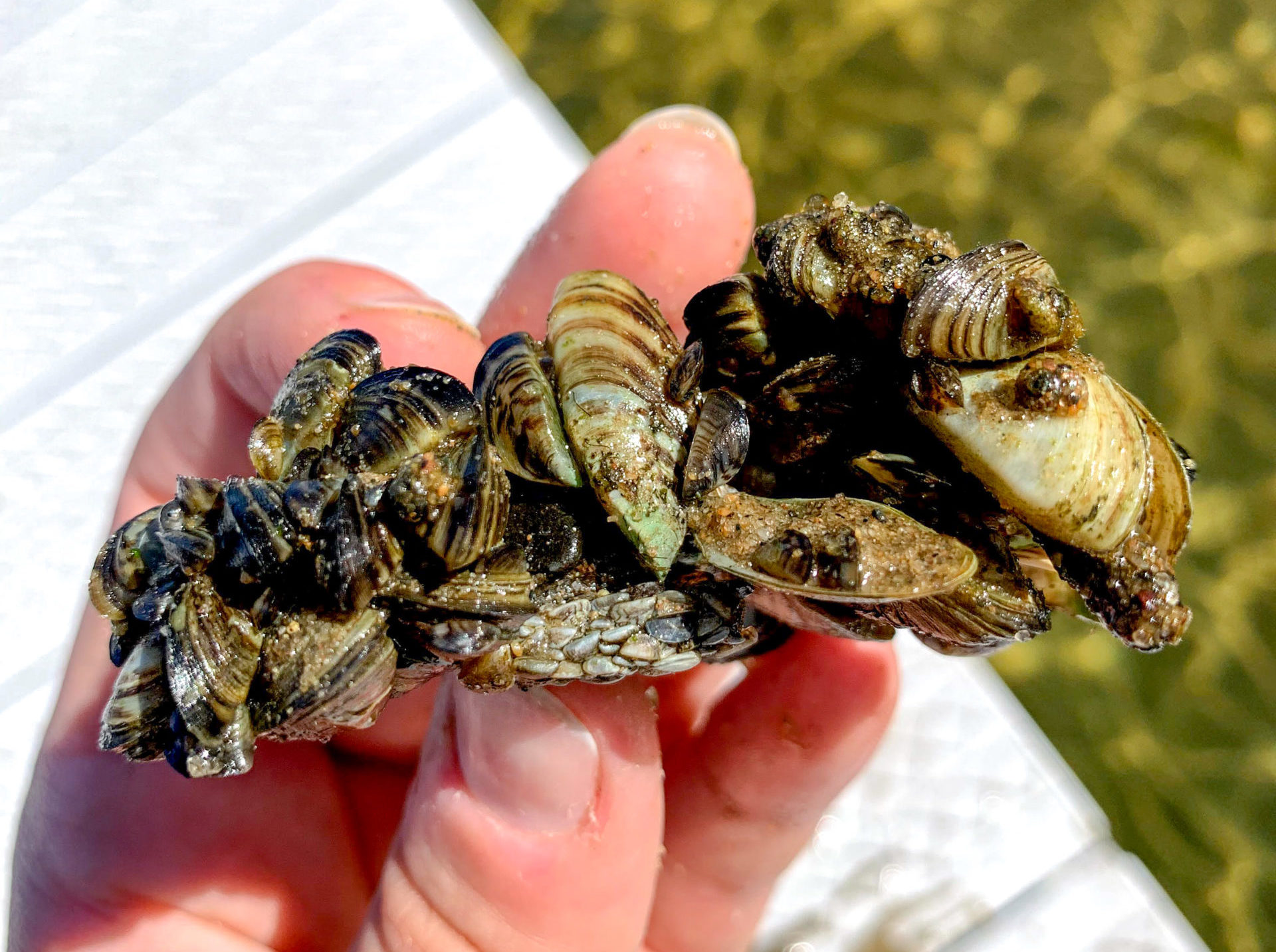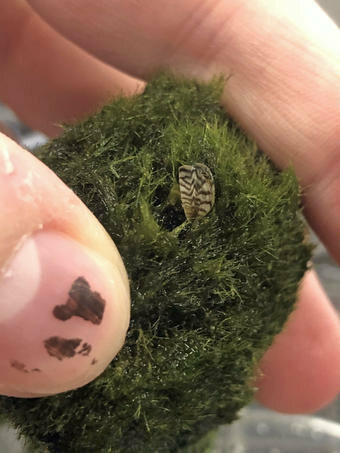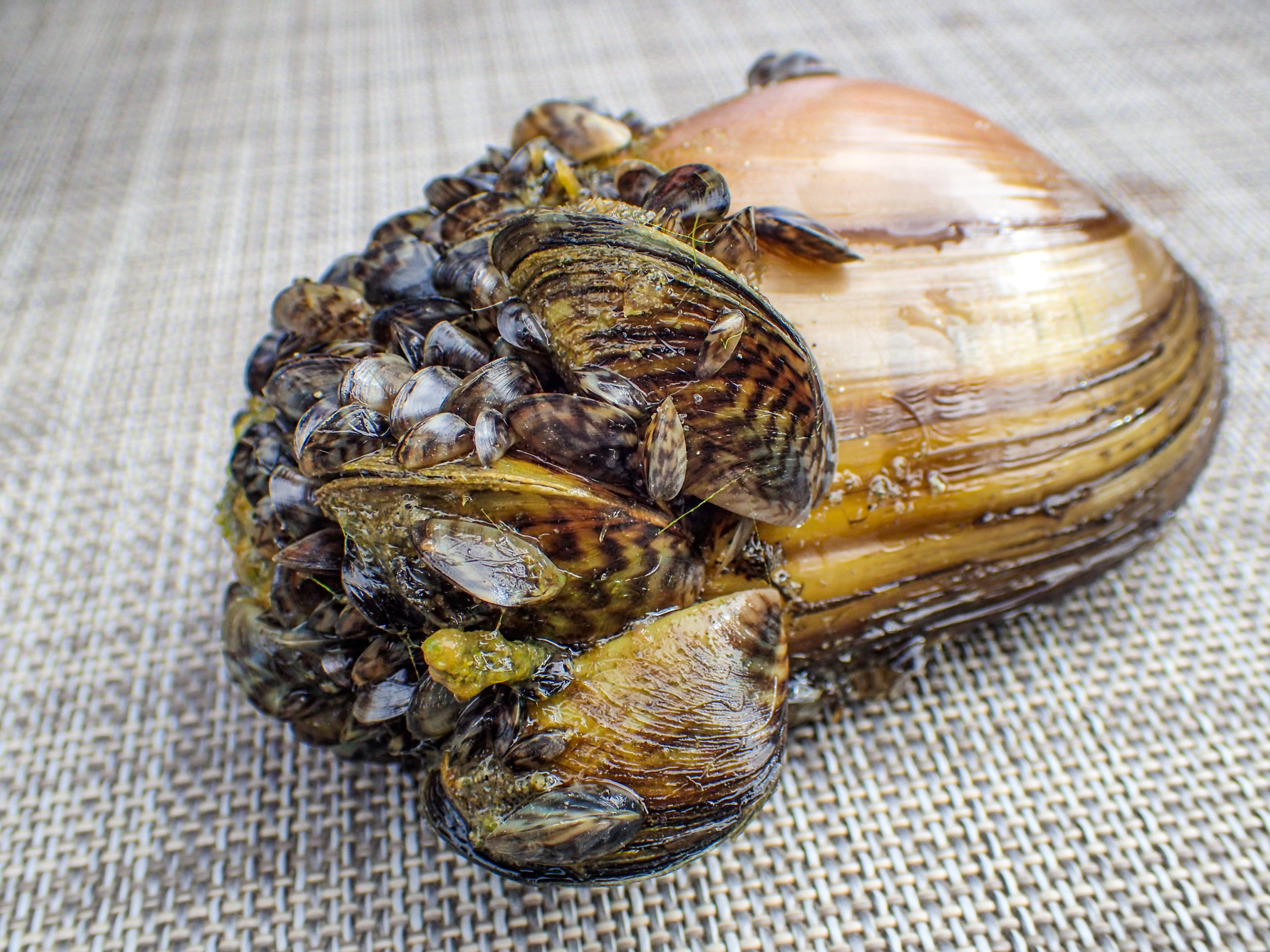
While initial populations of invasive zebra mussels were brought to the Great Lakes on boats and in freighter ballast water, a new source of the invasive species has researchers concerned — pet stores.
The Minnesota Aquatic Invasive Species Research Center has partnered with the University of Minnesota Genomics Center to genetically trace zebra mussels that have been found in aquarium moss balls in pet stores.

MAISRC director and research fellow Nicholas Phelps (Photo courtesy of MAISRC)
By conducting genetic testing now, the MAISRC may be able to build a database to determine the origins of future infestations, according to Dr. Nicholas Phelps, MAISRC director and research fellow.
“This is an exploratory study and we are not sure what we will find. It is possible that through genetic analysis, we will be able to identify the parent population of the zebra mussels— an important consideration for environmental risk assessment,” explained Phelps. “With this baseline genetic data, we should also be able to link new infestations with a moss ball release.”
The MAISRC requested moss ball zebra mussel specimens, which arrive for testing preserved in alcohol or frozen, from invasive species collaboratives and government agencies.
“The goal of the project is to genetically type the zebra mussels found in moss balls from as many locations as possible,” said Phelps. “So far, we have received samples from Michigan, New York and Pennsylvania.”

Some of the moss balls for MAISRC director Nicholas Phelps’ research arrived in plastic containers, preserved in alcohol. (Photo Credit: Nicholas Phelps, courtesy of MAISRC)
Little shop of mussels
In March 2021, an employee of a pet store in Seattle, Washington, alerted the U.S. Geological Survey that aquarium moss balls with zebra mussels attached to them were being sold in pet stores. In the following month, over 25 states reported similar occurrences.

Zebra mussel on a moss ball (Photo from the USGS, public domain)
Infected moss balls have also been found in pet stores throughout Canada, from Ontario to the Northwest Territories, according to the Invasive Species Centre in Ontario.
“Unfortunately, we know that some well-meaning home aquarists/hobbyists release their unwanted plants and animals into the environment, resulting in major ecological and economic consequences,” said Phelps.
Mussels and the Great Lakes
Zebra mussels and quagga mussels were first introduced to the Great Lakes through ballast waters from trans-oceanic ships, according to Rebecca Schroeder, the aquatic invasive species liaison at the Invasive Species Centre.
“Part of how they’ve spread is through human mediated pathways, which would be like boating and recreational angling,” said Schroeder. “Because they’re very, very tiny, they attach to things, first and foremost, as adults, but in their larval stage—we call them veligers—they’re invisible to the naked eye.”
Zebra mussels and quagga mussels, both prolific breeders, act as a water filter, altering aquatic ecosystems and food webs by removing important food sources like plankton and outcompeting native species. This creates clear water conditions, allowing more sunlight and in turn more plant growth and toxic algal blooms.
Zebra mussels, notorious for cutting swimmers’ feet, also cause other problems for humans, said Schroeder. By colonizing water intake pipes, they are often responsible for clogs at hydropower plants and water treatment plants.

Zebra mussels (Photo courtesy of MAISRC)
Zebra mussel cleanup in the U.S. cost between $1 billion and $1.5 billion from 1989 through 2004, according to Michigan State University.
“Prevention is really key right now in protecting those remaining lakes that we have that are free of invasive mussels,” said Schroeder, “It’s super cool to me when we use genetics as a method of early detection, because early detection is key in prevention.”
Catch more news on Great Lakes Now:
Researchers find relationship between invasive zebra mussels, toxic algae
Invasive mussels found in aquarium moss balls sold in Montana
30 Years Later: Mussel invasion legacy reaches far beyond Great Lakes
API key not valid. Please pass a valid API key.Featured image: Zebra mussels (Photo courtesy of MAISRC)




